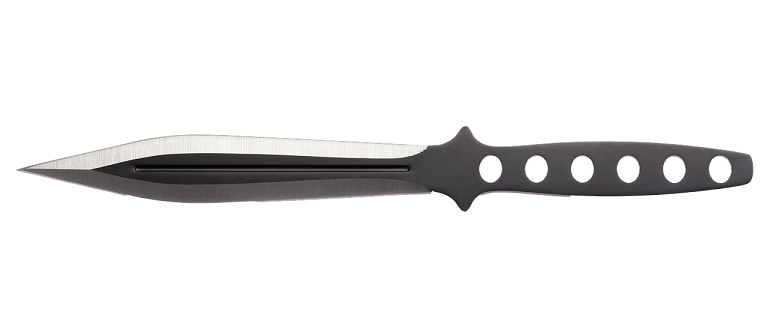How to Make a Samurai KnifeA Story by RuthGBakerMaking a Samurai Knife step by stepA samurai knife, or katana, is a curved single-edged knife that Japanese warriors used for the first time in the 16th century. Learn to make a samurai knife so you can create a formidable weapon or even use it as an awesome decorative object for your home. Follow these steps to forge a samurai knife. Buy or get a piece of steel that is 2 inches wide, 1.27 cm (0.5 inches) thick and about 91.4 cm (3 feet) long. Heat the steel in a forging oven or open hearth oven. You should heat the material at temperatures close to 870 ° C (1 600 ° F). That way, it will become malleable for the floor, and you can remove the impurities. During the heating process, substances such as sulfur and silica will oxidize and separate from the metal to create slag. Removing slag from the metal helps strengthen it. When the heated material takes on a hue between yellow and orange, remove it from the open hearth furnace and place it on an anvil.
Forge steel Hit the material with a hammer, curving it while forging. It is likely that during the process you need to reheat it to keep it malleable. Fold and draw the material on the anvil to form the blade of the tactical knife. Make your strokes precise to shape the blade. First, focus on the basic part. Once you are satisfied with the basic shape of the blade, forge the tip of the knife and then work on the curvature and bevels. Bismark the blade in two sections: a long, sharp bevel extending to the point of the knife for the cutting edge and a shorter, larger part that runs along the back of the blade. Decrease the size of the blade end that will be attached to the grip. Shape the sheet Use sharpener and files to give the final shape to the sheet. Treat the blade with a special clay mixture You can add a mixture of clay with other substances like herbs and feathers to the leaf for better results. Cover the back of the sheet with the mixture and leave the edge untreated. This will make the spine flexible, and the edge sharpened. Warm the sheet again in the forge. Temple the steel This process cools and hardens the material. You can use water or oil to temper the knife. First, dip the knife blade in water or oil along the edge and tip. This method has two purposes: to make the cutting surface the hardest and keep the back of the knife softer to absorb the blows of The adversaries. The tempering technique is important because the faster you cool the blade, the harder it will be. Submit the sheet to the tempering process After tempering the sheet, heat it to about 400 ° F (204.4 ° C) and then allow to cool to room temperature. This process helps to balance the flexibility and hardness of the blade. Remove the clay mixture from the sheet and affix the edge until it has the desired edge. Polish the blade Sharpen the blade with sharpening stones. When you finish polishing it, the hardened and hardened parts of the blade will become more visible. Sharpen the sheet for the last time to make it look better. Drill two holes in the base, or stem of the blade that serves to secure it to the handle. Make the handle The handle of the knife, or handle, should be long enough to hold it with both hands and provide an optimum balance when attached to the blade. Use hardwood to make the handle, such as poplar, tulip, or Alder wood. Cut the wood into boards to provide maximum strength. Place two pegs and two brass or copper washers and align them with the spigot to hold the blade in place. Secure the blade to the handle Insert the plugs of the handle through the holes in the spindle of the blade and secure them to the washers. Use industrial adhesive and leather strips to secure the bond between the blade and the grip further. Tips Tempering with water and oil have their advantages. Tempering with water produces a harder edge, while oil-tempered leaves have superior flexibility. Things You'll Need A piece of steel 2,1 cm (2 inches) wide; 1.27 cm (0.5 inch) thick and approximately 3 feet (91.4 cm) long Open hearth oven Anvil Hammer Chisel Sharpening machines Files Clay mix Reservoir of tempered Sharpening stones Drill for metal Brass or copper plugs and washers A 45.72 cm (18 inch) hardwood block for the knife grip Thongs Industrial Adhesive © 2017 RuthGBakerAuthor's Note |
Stats
126 Views
2 Reviews Added on November 21, 2017 Last Updated on November 21, 2017 Tags: Samurai knife, Samurai, knife, Survival kit, warriors kit |


 Flag Writing
Flag Writing